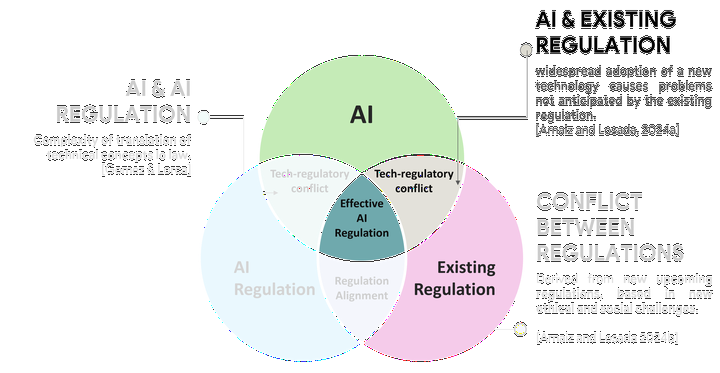 Correlation vs Causality impact of AI in the Labour Law
Correlation vs Causality impact of AI in the Labour LawAbstract
One of the main applications of artificial intelligence (AI) in the workplace is the so-called ‘algorithmic management’, which involves the delegation and execution of business functions in AI systems. As labour regulations have been created and developed around individuals, not machines, algorithmic management may give rise to new problems that cannot be dealt with under current regulations. One of these new problems is the fact that these systems base their operation on correlations (not on causes), and labour regulations require the concurrence of causes (not correlations) in the making of some business decisions. This dichotomy can generate possible problems related to the inexistence and/or lack of sufficiency of the legally required causes, or the generation of labour discrimination that is difficult to detect. For this reason, this study will examine these issues and propose different solutions.
Article written in Spanish for the RRLDE vol.12 n.2: Spanish General Journal of Labor Law and Social Security (Revista General del Derecho del Trabajo y de la Seguridad Social). AI-driven algorithmic management is reshaping workplaces but clashes with existing labor regulations, which are designed for human decision-making. AI relies on correlations, not causes, while labor laws require causal justifications for decisions. This gap can lead to legal insufficiencies and hard-to-detect discrimination. The study explores these issues and suggests possible solutions.
SUMMARY:
- Introduction.
- Brief history of AI and its evolution.
- Use of AI in the business field.
- Advantages and risks of using AI in decision making.
- Concept of AI system. Legal aspects. Technical aspects.
- Concept of AI system.
- Legal aspects of AI systems in algorithmic management.
- Technical aspects of AI systems in algorithmic management.
- Operation of AI systems in decision making.
- Explanation of the correlation-causation dilemma. Examples in the workplace.
- Blackbox. Explainability.
- Existence of causality in algorithmic management.
- Pre-contractual phase.
- Contractual phase.
- Proposal of solutions.
- 6.1. Technical solutions.
- Legal solutions.
- Conclusions.
